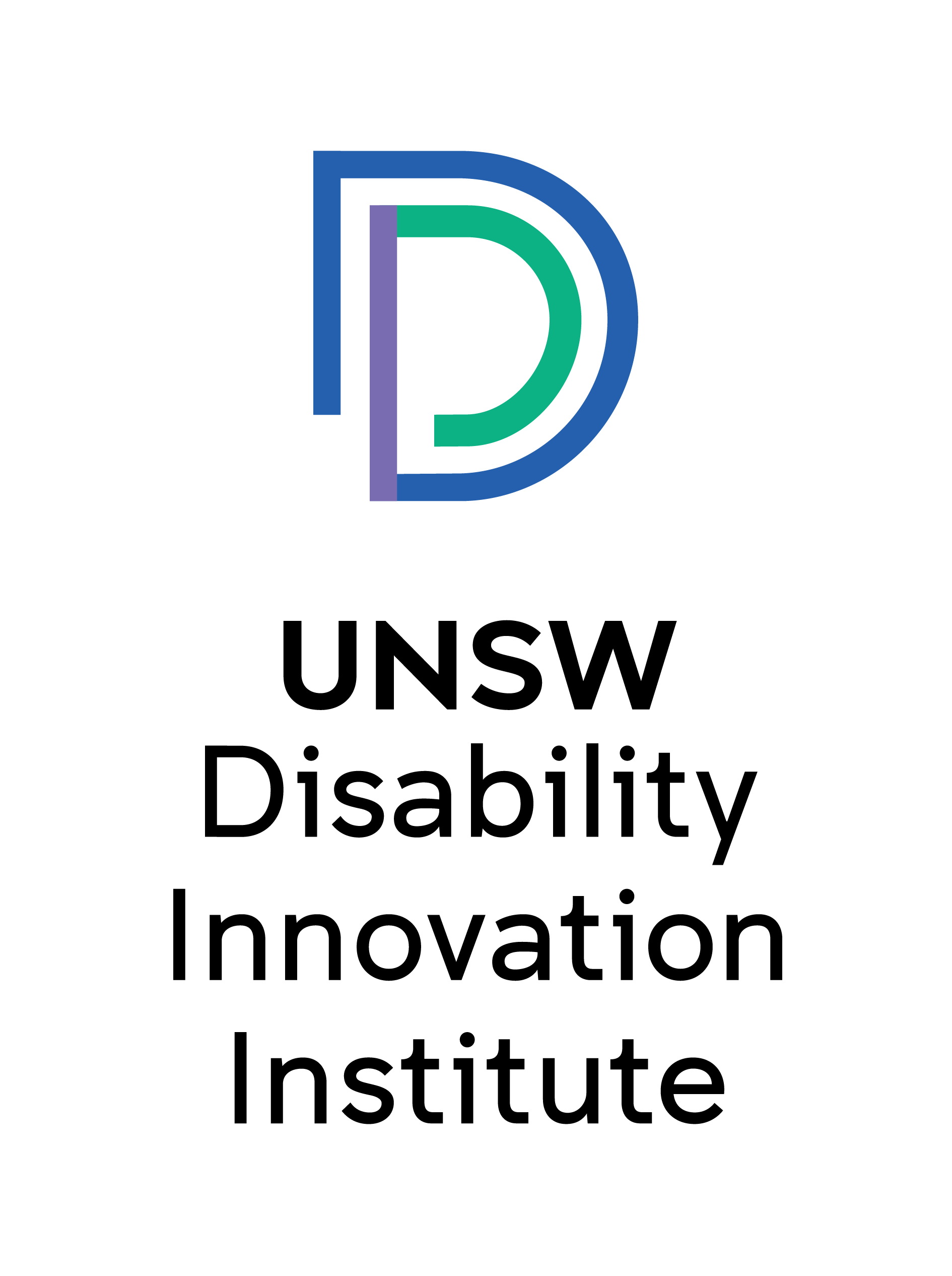This month we spoke to Institute Associate Dr Scott Brown, Assistive Technologies Lead at the UNSW Art & Design Creative Robotics Lab about his recent project, Creating Welcoming and Inclusive Campuses, which created an autism-friendly space on the UNSW Paddington campus.
What is the title of your project?
Creating Welcoming and Inclusive Campuses
Were there other investigators you worked with?
This project was in collaboration with members of the Autism Spectrum Australia (Aspect) Autism Friendly team: Dr Tom Tutton, Matthew Oastler and Emma Gallagher.
Why are autism-friendly spaces needed at universities?
As a public institution, it’s important that our campuses and resources are available to everyone. Making accommodations for those of us with specific sensory or learning needs doesn’t only benefit people with an autism diagnosis; it helps us create an environment that supports different perspectives on the world and different ways of generating knowledge. It’s common that creating spaces for specific needs ultimately benefits everyone. This project is a pilot study at the School of Art & Design campus in Paddington, where we have many wonderful making spaces that can be tricky to negotiate at times for autistic people. Understanding how we can make these spaces more accessible will allow us to better engage neurodiverse communities in the teaching, learning and research activities that we offer.
What makes this space autism friendly?
Many of the changes we’re looking at are easily within reach, like developing sensory maps of our campus (identifying spaces that might be sensorily overwhelming) and visual stories for new visitors (using images to describe what someone is likely to encounter when coming to campus). Other changes to the built environment require more commitment from the university, such as creating dedicated quiet rooms for anyone experiencing a meltdown or needing to remove themselves from a difficult situation, and the retrofitting of diffused or lower intensity lighting throughout the campus. The good news is that we have both the interest and expertise across our university to develop solutions that will support anyone with specific sensory or social needs to be able to access our campuses.
What else can UNSW do to create a welcoming environment for neurodivergent people?
Part of this project has seen us introduce Hidden Disabilities Sunflower training to all staff at the Art & Design campus in Paddington. The main idea behind this training is to be aware that not all disabilities are obvious and that giving people some extra time and consideration can go a long way to allowing everyone to participate in their communities. The scheme also brings us into a larger program of access for Hidden Disabilities Sunflower wearers, who can plan trips on public transport and attend cultural institutions knowing that staff are trained to support their specific needs. Most importantly though, having ongoing conversations with people who have lived experience of autism or hidden disabilities about their own encounters with university life is vital. There are already so many of our students and colleagues that have knowledge to share on how we can best support them. We need to always include them in any changes or introduction of support programs and resources.
What are the wider implications of your project? What are the ways in which public spaces can be made autism friendly?
As the first university campus in Australia to use the Autism Friendly framework, we hope to set the standard for all higher education campuses across the country. The Creating Welcoming and Inclusive Campuses project shows that these changes are attainable and the benefit of better accessibility and inclusion for neurodivergent people is vast. The role of universities in bettering society is well understood, but our own staff and student cohorts need to reflect our society. A first step toward that goal is to create an environment that affords access to everyone.
How can the UNSW Disability Innovation Institute support you and other researchers in undertaking disability inclusive applied research?
The Institute provides a key network for researchers, industry and people with lived experience of disability. Continuing to grow this community is so valuable for us to learn from each other and the communities we are working with.

